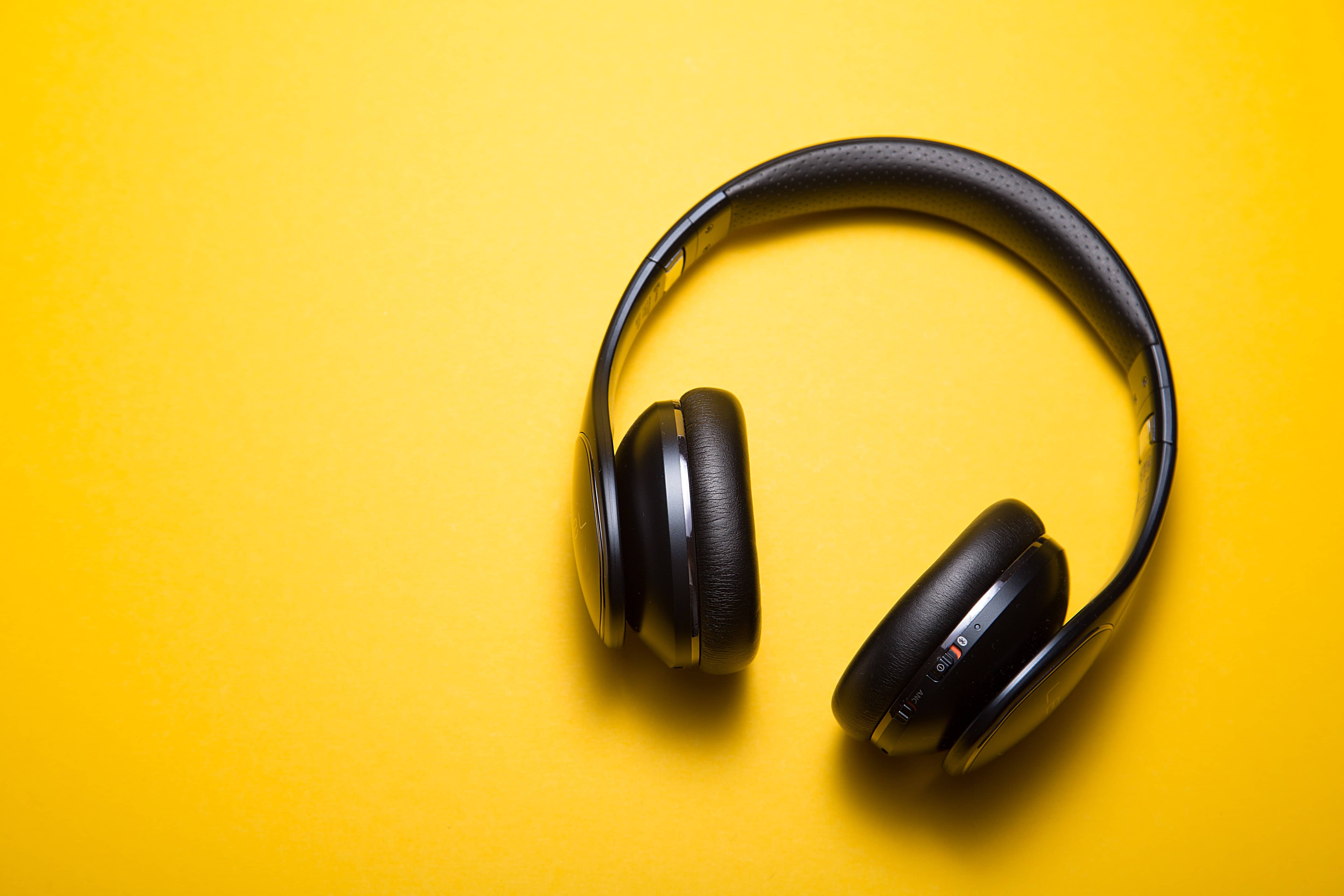From the start of the pandemic, every facet of our daily lives has changed. Companies across the world have had to shift gears and prioritize every aspect of their businesses, and entire industries have had to adjust to survive during the pandemic.
Arguably one of the earliest and hardest hit sectors was the music industry because gigs that were booked with tickets sold had to reschedule for next year or outright cancel tour dates. The once-thriving live music scene came to a complete standstill. Musicians, whose main source of income is creating and playing live music, have had to rethink how they would make money during the pandemic that continues to rage on.
Musicians were forced to get creative in their craft, not just to continue being relevant in this “new normal,” but to satisfy their fans who were also suffering without the comfort of live music.
Virtual Festivals
Not unlike how offices have become dependent on Zoom to hold meetings, this platform has also been used for online music festivals since the onset of this pandemic. In October of this year, the Monster Energy Up & Up music festival was live-streamed across 20 college campuses in a social distancing-conscious event. Similar festivals take place every week from rock festivals to classical music broadcasts for those missing their box seats in the opera.
Collaborations
Many musicians, especially ones who are used to playing in venues, feel an almost constant demand to play music and improve their craft. For many, the inability to practice and be involved in jam sessions stifles their creativity and diminishes the unifying connection brought by shared collaboration. Many have turned to online platforms like Soundtrap or Jamkazam that enable them to play their instruments alongside other musicians. Modern technology luckily provides these artists with the means to hone their crafts and improve their talent even in disparate spaces. Several collaboration tools exist and have become instrumental for practicing, and also creating new and unique sounds with their peers.
Drive-In Concerts
While some problem solvers focus on new technology to create and share music, others have looked to the past for answers. Until recently, drive-in movie theaters had become a relic, but with COVID-19, they began making a resurgence over the summer. Unlike your typical movie theater that packs hundreds of people under one roof, drive-in theaters offer a social distancing friendly way to view movies or even concerts. The heavy metal band Metallica hosted an event, aptly named “Pandemica” on August 29 that was screened in hundreds of drive-in theaters across the country. This screening allowed music goers to listen to a specially recorded concert and congregate safely with other fans.
Facebook Live Tours
Facebook represents the platform many users turn to for connecting with old friends, discovering shared interests, and checking in on family members. Now it’s also the place many now turn to for their music fix. Facebook has allowed musicians to play their music for their fans and also get paid for it. Earlier this year, Facebook released an optional paid event functionality, so that musicians and other creators could opt to charge viewers to this content. If musicians aren’t comfortable with that option, they can also host free events and ask for tips through an online payment app.
Luckily for both musicians and fans, the internet allows for live music to broadcast across the world, but it’s hard to say when we’re going to get back to the music scene we once knew. For those who depend on money coming in from playing in shows, this pandemic has been devastating. If you’re an avid music lover, check in on your favorite band or musician to see how they’re handling the pandemic and if you can contribute to their success right now.
Originally posted on LukeVisserChappaqua.net.


